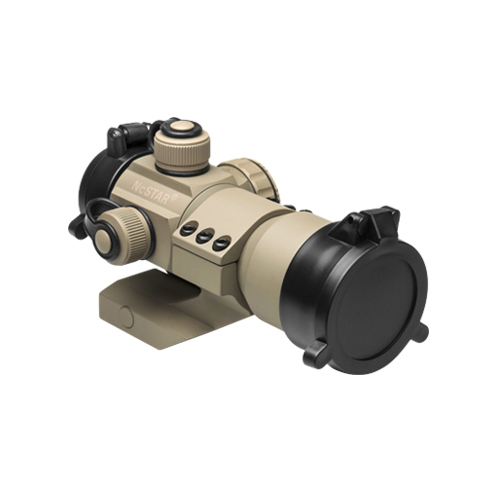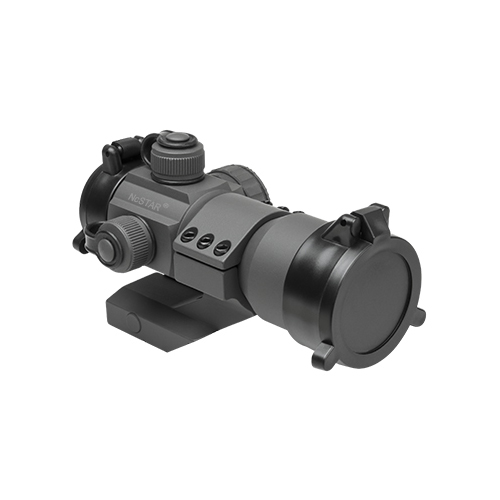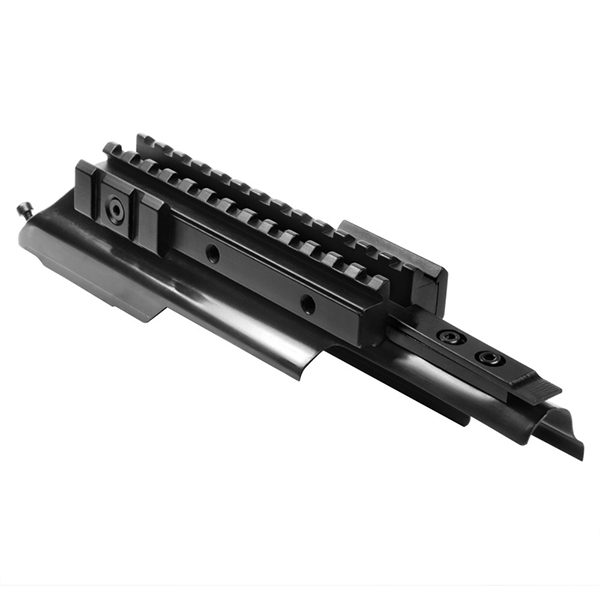Categories
- Airsoft / Paintball-> (9)
- AK Items-> (134)
- AR10 AR308-> (118)
- AR15/M4-> (323)
- Bipods-> (45)
- Camping | Hiking-> (10)
- Cases (11)
- Flashlights-> (27)
- Grips-> (34)
- Hk Parts-> (55)
- Holsters-> (33)
- Hunting-> (4)
- Knives-> (2)
- Lasers-> (24)
- M1 Carbine-> (13)
- M1 Garand-> (13)
- M1A And M14-> (30)
- Magazines-> (124)
- Marlin-> (27)
- Mauser-> (14)
- Mini-14-> (38)
- Mosin Nagant-> (29)
- Other Rifles-> (289)
- Pistol Items-> (389)
- Red Dots & Reflex Sights-> (45)
- Remington 700-> (27)
- Rifle Scopes-> (45)
- Ruger 10/22-> (36)
- Scope Mounts-> (62)
- Scope Rings-> (53)
- Shotgun Accessories-> (85)
- SKS-> (40)
- Slings-> (28)
- Stocks-> (67)
- Tools and Gunsmithing (32)
- TriRail Mounts-> (5)
- Vehicle Accessories (1)
- Web Gear-> (42)
- Specials ...
- New Products ...
- All Products ...
Range Etiquette FAQ's

This article was put together to provide some helpful information for those intending on visiting a shooting range for the first time. By understanding the range rules in advance you can save yourself an embarrassing moment or unsafe/uncomfortable situation and enjoy your range time stress free. Note that this is not a range safety course and is not intended to replace a firearm safety class. I highly recommend that all firearms owners take a basic pistol safety course by an accredited NRA instructor. This will give you all the fundamentals you need to build upon so you can be safe and learn to be proficient with your firearm. Be aware that all shooting ranges have slightly different rules and regulations so please make sure to verify the specific range rules at the shooting range you plan to attend.
To simplify things a bit I will break down shooting ranges into 3 different categories. Pistol ranges, rifle ranges and shotgun ranges. Shooting ranges can be located indoor or outdoor with the exception of shotgun ranges or high power rifle ranges which will almost always be located outdoors. Note that we are not talking about outdoor, primitive unmanaged shooting areas. The ranges we are talking about here are usually managed by shooting clubs or are run as private businesses. These ranges will usually have trained range safety officers (R.S.O.'S) on hand during business hours. The amenities found at these ranges will vary from semi-primitive to very sophisticated but typically you can expect a pistol or rifle shooting range to at least have some area to setup your firearms like a table or some kind of bench and some type of stands or holders available to use as shooting targets. Shotgun areas are usually used specifically for certain shooting sports like trap and skeet. Shotgun ranges will usually have at least a shaded area with seating for those waiting to shoot and a machine to through out the shooting clays.
Before you set off to the range there are a few things you should make sure that you have available. These items include safety glasses, some sort of hearing protection, shooting targets, ammunition for your rifle/pistol/shotgun and most important is a good positive attitude. Other accessories worth having to make your shooting experience more pleasurable include a storage case for your firearms, cleaning kit with solvents, shooting gloves, binoculars or spotting scope, shell case holder for shotgun shooters and a proper range bag to keep everything in one place and well organized. Some ranges will have these items available to borrow or for sale but it's best to come prepared so you don't get turned away for lack of proper equipment.
Once you show up to your shooting range make sure you put on your hearing protection and eye protection before you enter the facility. The only exception would be indoor ranges that have sound dampening systems in which case you won't need to use your safety equipment until you enter the actual shooting room. The first step is to make your way to the range safety officers area where they will sign you in ( you will usually have to sign a waiver/release of liability form ) and you will be required to pay the appropriate range/club fees. Some clubs require membership while others are open to the public so you should call the shooting range in advance and find out their policies, hours of operations and ca lender of events. If you show up and there are a bunch of people, don't be surprised if you end up having to wait a bit to get a shooting spot. Some clubs get very busy ( especially during the months leading up to hunting season ) and some clubs are very active with lots of different competitions and activities which can occupy the shooting ranges for extended periods of time. Patience is a virtue and this is a good time to make contact with club members and range personnel and learn all the inns and outs of the shooting range. I can tell you from personal experience that most of the people I encounter at shooting ranges are very polite and very friendly. More often than not you will find that seasoned shooters are more than willing to go out of their way to help a new shooter by answering questions or providing advice/shooting tips. They all remember what it was like that first time out on an unfamiliar shooting range.
Once you are assigned a range spot, you will be given instructions
by the range safety office as to when you may take your weapon out of their
cases
and ready
them on the shooting table/bench. Before you go any further I have to emphasize
the following, the most important thing you must keep in mind is "Safety
First". Do not handle your firearm at all if you do not feel 100% that
you can handle the firearm safely. If you have not had any formal range instruction
or you are unfamiliar with the firearm that you intend to shoot, this would
be the perfect time to ask one of the R.S.O. politely if there is anyone available
that can give you some basic safety instructions on the use of your firearm.
The R.S.O. are there to provide a safe environment for everyone shooting and
they will be more than happy to help out. Worth noting is the fact that most
R.S.O. are volunteers. This means that they work for free because they have
a passion for shooting sports and they want to help people so we can all participate
in shooting sports within a safe controlled environment. Don't be embarrassed
to ask for help as it will be a lot more embarrassing if you get kicked of
the shooting range for mishandling a loaded firearm. Remember the golden rule
- "SAFETY
FIRST" - Once you have the basic understanding of how to handle your
firearm safely you will be ready to proceed. The typical range commands consist
of the R.S.O. ( also referred to as Range Masters in some areas ) calling a "Cease-Fire" which
means that everyone must stop shooting immediately. At that point you must
fully unload your weapon by removing the magazine ( if your firearm is so equipped
), then removing any ammunition from the chamber. You must also hold or leave
the bolt or slide open so the chamber can be inspected by the R.S.O. Some rifles
like AK variants as well as some older 22 rimfire rifles do not have a bolt
hold open feature. In that case the R.S.O. will usually put a safety flag inside
the chamber of your weapon to verify that it is unloaded. Once all the firearms
have been verified to be clear and empty, the R.S.O. will give commands allowing
you to go down range to check, setup, or take down your shooting targets. Note
that some ranges will have numbered shooting areas that correspond with marked
areas down range where you must position your targets so that people don't
end up shooting across each others targets or into other peoples targets. If
you
have any question as to where to place your target, you can verify this with
the R.S.O. Very Important - When people are down range you must not under any
circumstance handle any firearms. Some ranges will have a line drawn across
the floor which must not be crossed except if your going down range to handle
your targets. Make sure that if people are down range checking their targets,
do not even attempt to go near the shooting bench or the R.S.O. will firmly
let you know that you must not approach the bench while people are down range.
Once everyone is back and down range is clear, the R.S.O. will give the command
that the range is hot and you may shoot at this time. A few tips to remember
before you even load your firearm. Pretend that your firearm has a laser that
runs down the barrel and anything you point the laser at can potentially be
destroyed. This means that you must not pass or point the barrel of your firearm
in any direction where it may come in contact with a person or animal. In other
words keep your barrel pointed down range at all times. Even when loading or
taking the firearm in/out of the shooting case, make sure the barrel is always
pointed down range no matter how inconvenient it may seem. Imagine if you where
at a shooting range standing right next to some unknown person who is fumbling
and trying to load his big bore pistol with the barrel pointed directly at
you. Needless to say it would make you feel very unsafe and uncomfortable
so make sure that you don't become that person and always be conscious of where
you are pointing your firearm. Once the range is confirmed "Hot" by
the R.S.O. you can proceed to shoot at your targets downrange. Take a deep
breath, relax and and enjoy yourself. Make sure you keep control of your firearm
at all times and unless you have been given specific approval by the R.S.O.,
do not shoot rapid fire as this is not permitted in many ranges.
Put on a good attitude, get your checklist ready, set some time out of your busy schedule and go support your local shooting range/club. If they have membership available I highly suggest you consider signing up. It's unfortunate but a grim reality of the world we live in in which people misunderstanding of shooting sports in general have put a negative image on shooting ranges/clubs. Every year we see popular shooting ranges close down for many different reasons but the one thing they have in common is a lack of support from their local community of shooting sports enthusiasts. If we don't all come together and support our local shooting ranges and change the incorrect negative perception that people have, in the near future we may find ourselves with no shooting areas left. It's a difficult struggle we face but it we persevere and work together, we can preserve our shooting traditions so that future generations may also enjoy and benefit from them. A positive change starts today with you so. Support your local shooting range/clubs. Be active and participate in the sport you love and share your passion with a friend. Have fun and be safe.
Diego V.
Important Links
Manufacturers
Specials [more]

NcStar Tan Color Red Green Blue Dot Scope Sight + Mount
Save: 15% off

NcStar Urban Grey Red Green Blue Dot Scope Sight + Mount
Save: 15% off

